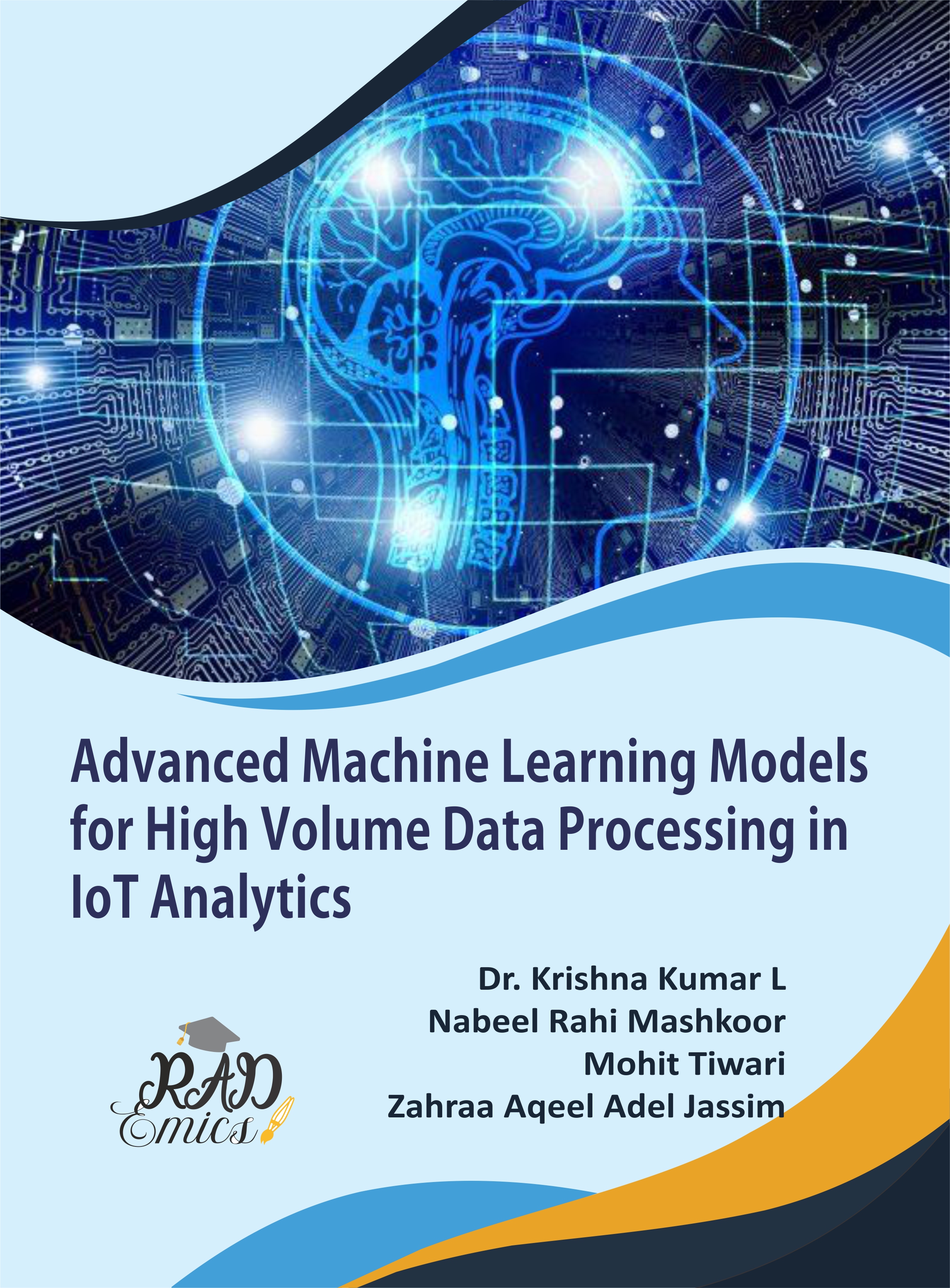
Abstract
The rapid proliferation of IOT devices has generated unprecedented volumes of data, presenting both significant opportunities and formidable challenges in data analysis. Deep learning models have emerged as a transformative technology in this context, offering advanced capabilities for processing and interpreting complex IoT data. This chapter provides a comprehensive examination of the integration of deep learning with IoT data analysis, exploring its impact on feature extraction, pattern recognition, and real-time analytics. Key areas of focus include the role of deep learning in predictive maintenance, smart traffic management, and healthcare monitoring, demonstrating its potential to enhance data-driven decision-making across various domains. The chapter also addresses critical challenges such as scalability, resource management, and integration with edge computing, offering insights into future research directions and technological advancements. The synergy between deep learning and edge computing was highlighted as a pivotal factor in advancing IoT data insights and improving operational efficiency. This chapter contributes to a deeper understanding of how deep learning technologies can be harnessed to address contemporary challenges in IoT data analysis, paving the way for future innovations.
Introduction
The IOT has rapidly transformed numerous industries by enabling an extensive network of interconnected devices that generate vast amounts of data [1]. This technological advancement facilitates real-time monitoring, automation, and data-driven decision-making across diverse applications, from smart homes and cities to industrial processes and healthcare systems [2]. As IoT devices proliferate, the volume, velocity, and variety of data produced pose significant challenges for traditional data analysis methods [3]. Conventional approaches often fall short in managing and extracting meaningful insights from this complex and high-dimensional data [4]. Consequently, there was a growing need for advanced analytical techniques capable of addressing these challenges effectively [5].
Deep learning, a subset of artificial intelligence (AI) and machine learning, has emerged as a powerful tool for enhancing IoT data analysis [6,7]. Its capacity to automatically learn hierarchical features and representations from raw data makes it particularly well-suited for handling the intricacies of IoT data [8]. Unlike traditional machine learning methods that rely heavily on manual feature extraction, deep learning models, such as CNNs and RNNs, excel at identifying patterns and anomalies within large datasets [9]. This capability was crucial for applications that require high levels of accuracy and real-time processing, such as predictive maintenance, anomaly detection, and autonomous systems [10].